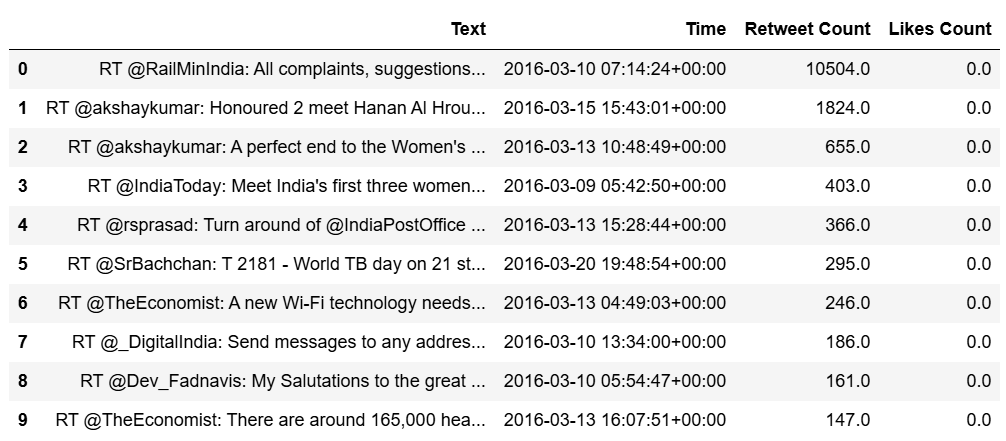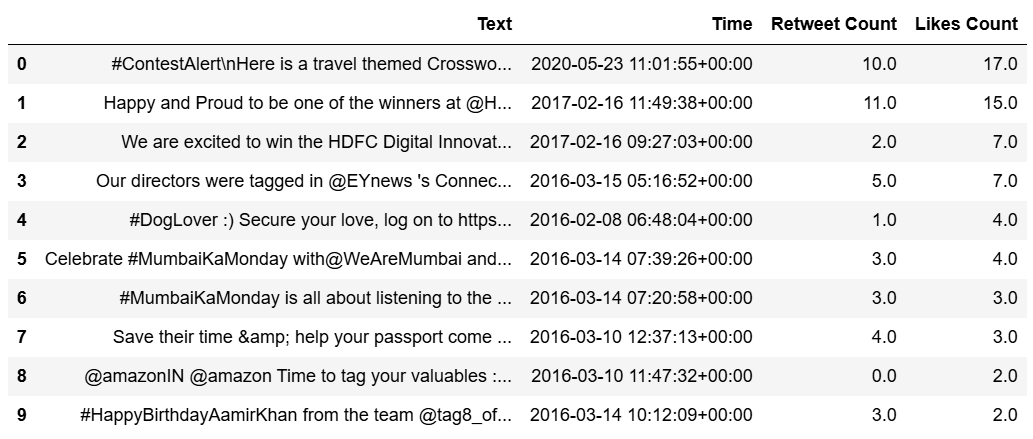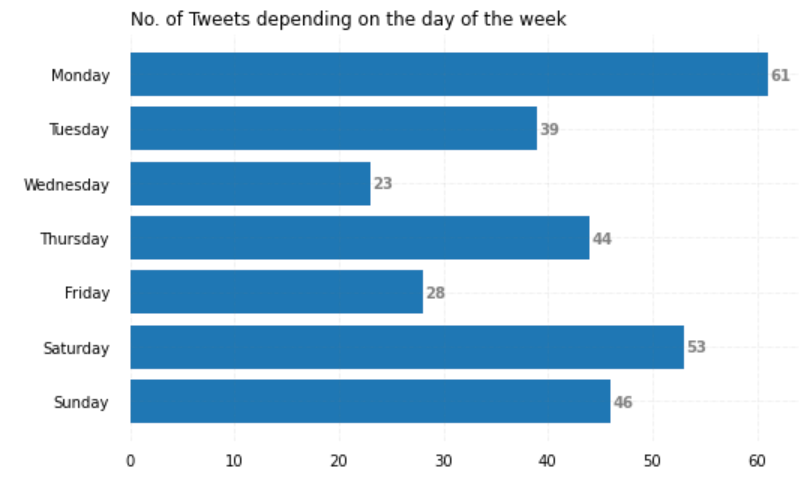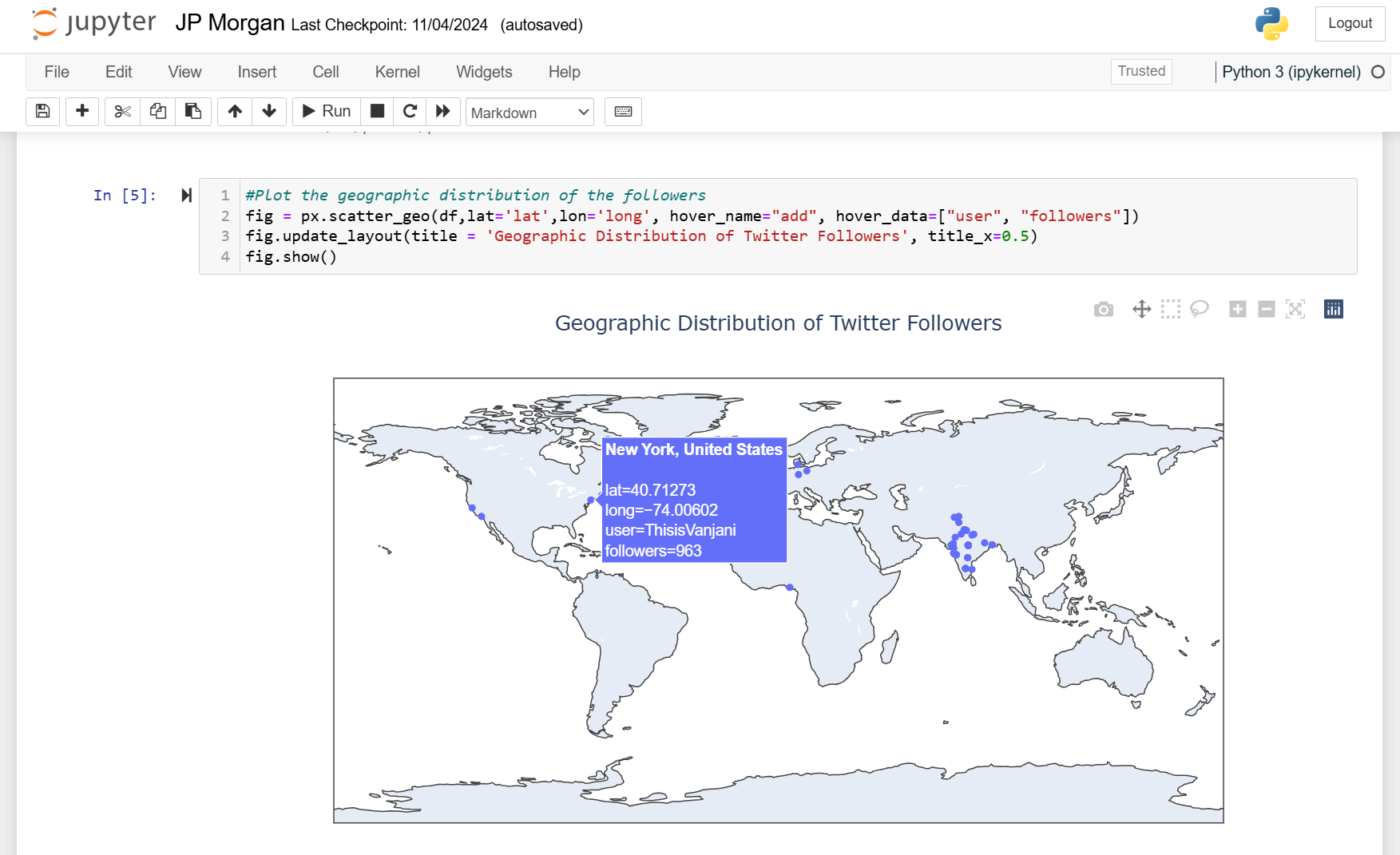Data is the lifeblood of modern product management. It allows us to move beyond intuition and make informed decisions rooted in user behavior. For a data analysis assignment with JP Morgan, I used Python and the Twitter API to analyze the social media presence of Digit Insurance, an insurance company backed by Indian cricketer Virat Kohli. The goal was not just to present data, but to uncover insights that could inform real-world product and marketing strategies.
Understanding the User: Who Are the Followers?
The first step in any product analysis is to understand the customer. In this case, that meant analyzing the followers of the @heydigit Twitter account. By pulling follower data and geocoding their locations, I was able to create a geographic distribution map. This visualization immediately answers a critical question: "Where is our audience concentrated?" For Digit, the data showed a strong concentration in India, which is expected, but it also revealed emerging pockets of followers in other countries. This could inform decisions about international expansion or targeted marketing campaigns.
A product manager's first question should always be, "Who are we building for?" Data provides the answer.
Analyzing Content: What Resonates?


A brand's social media content is a product in itself. To understand what was working, I analyzed a universe of tweets from the @heydigit account. By resolving the top 10 most retweeted and most liked tweets, I could identify the themes and formats that generated the highest engagement. This kind of analysis is crucial for any content team, as it provides a clear, data-backed direction for what to create more of.
Furthermore, by extracting the top 10 most referenced hashtags, I could see which topics and campaigns were gaining the most traction. This helps measure the ROI of marketing efforts and identify which keywords are most effective for reaching the target audience.
Driving Decisions: From Insights to Action

The final step was to synthesize these data points into actionable insights. For example, by analyzing the days of the week when the account was most active, I could recommend an optimized posting schedule to maximize reach and engagement. The follower analysis could be used to tailor ad campaigns to specific geographic regions, while the content analysis provides a roadmap for future marketing messaging.
This project was a powerful reminder that data analysis is not just a technical skill; it's a fundamental component of product thinking. The ability to connect with an API, wrangle data, and visualize it is only half the battle. The real value comes from interpreting that data and using it to ask the right questions, understand the user, and ultimately, drive better product decisions.
View the Code
The complete Jupyter Notebook for this analysis is available on GitHub.
Explore the repository